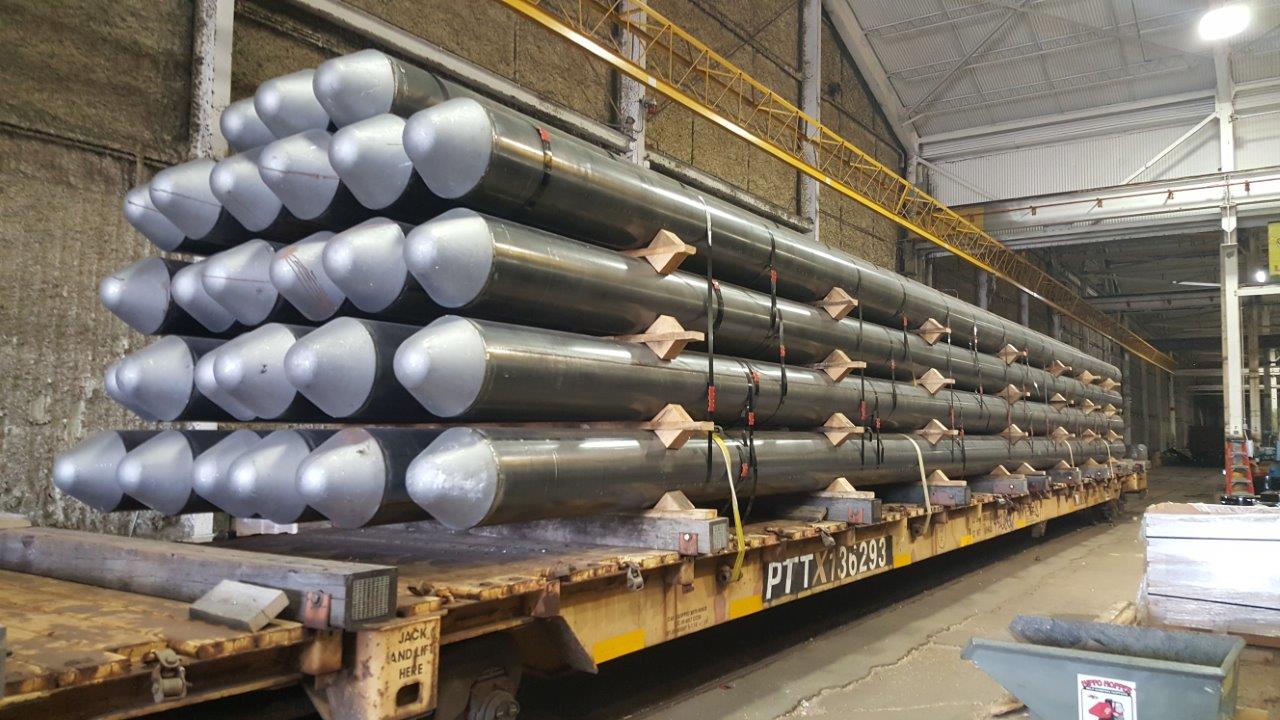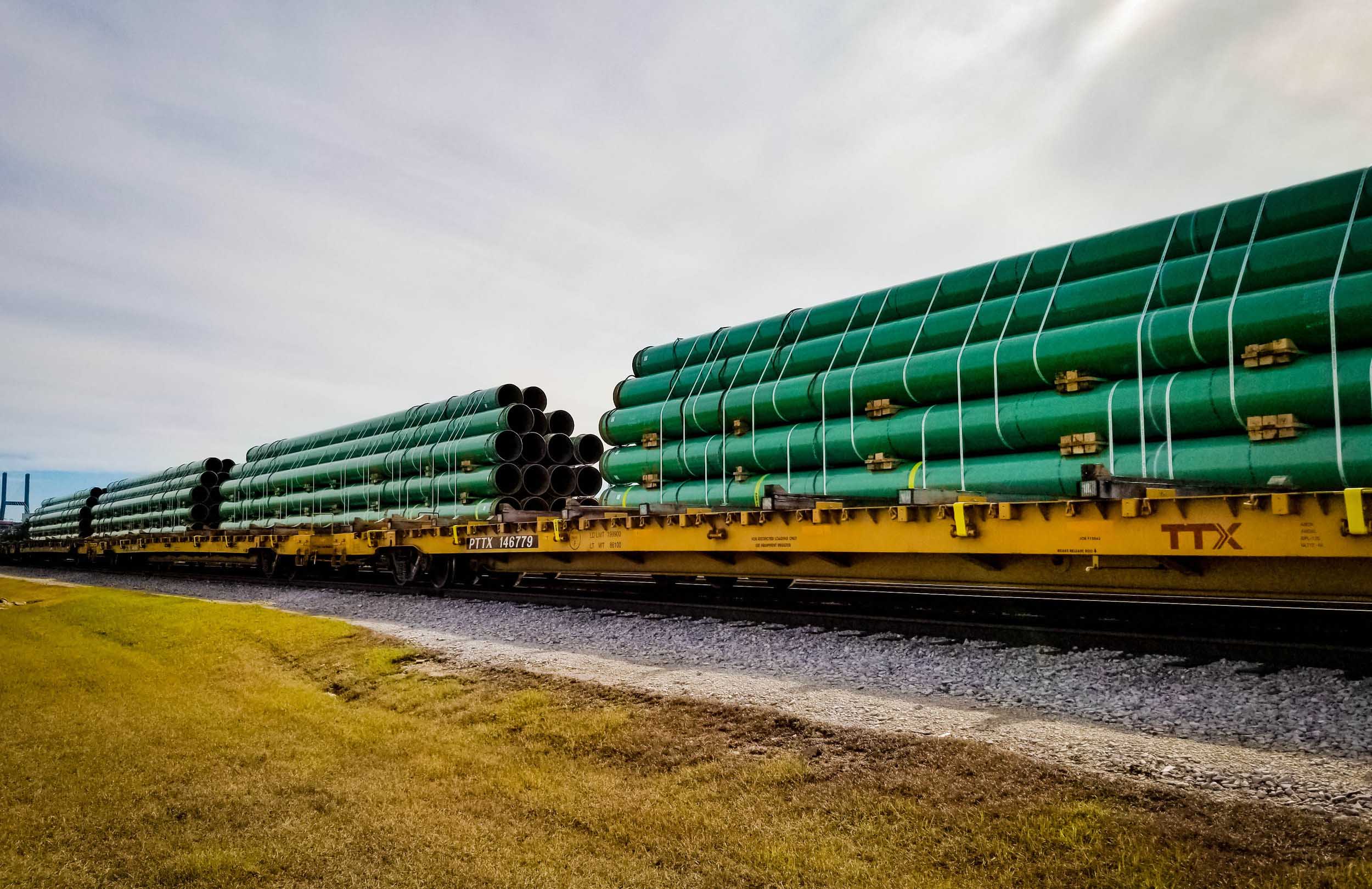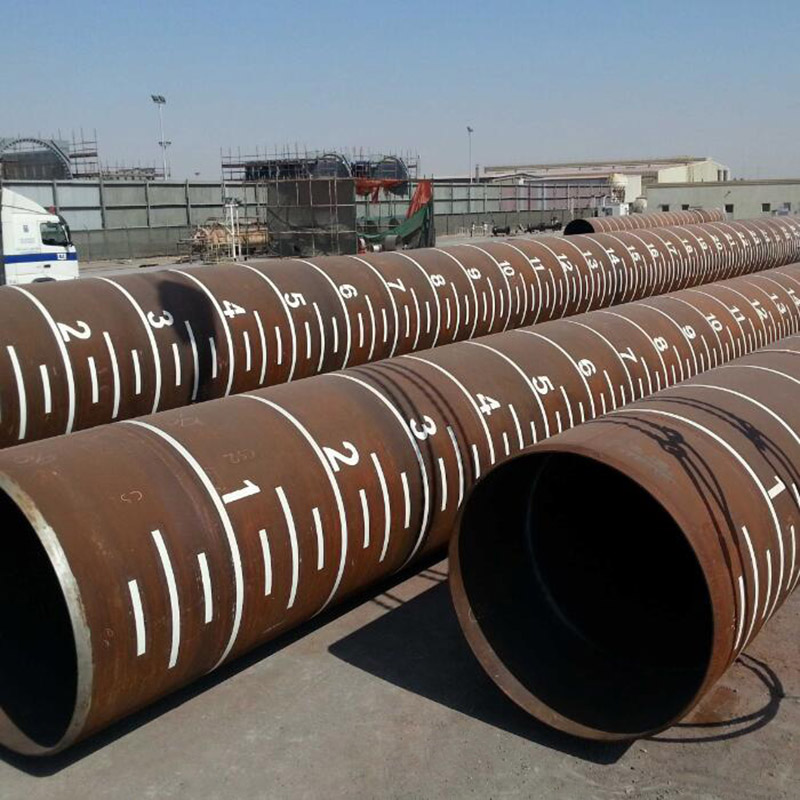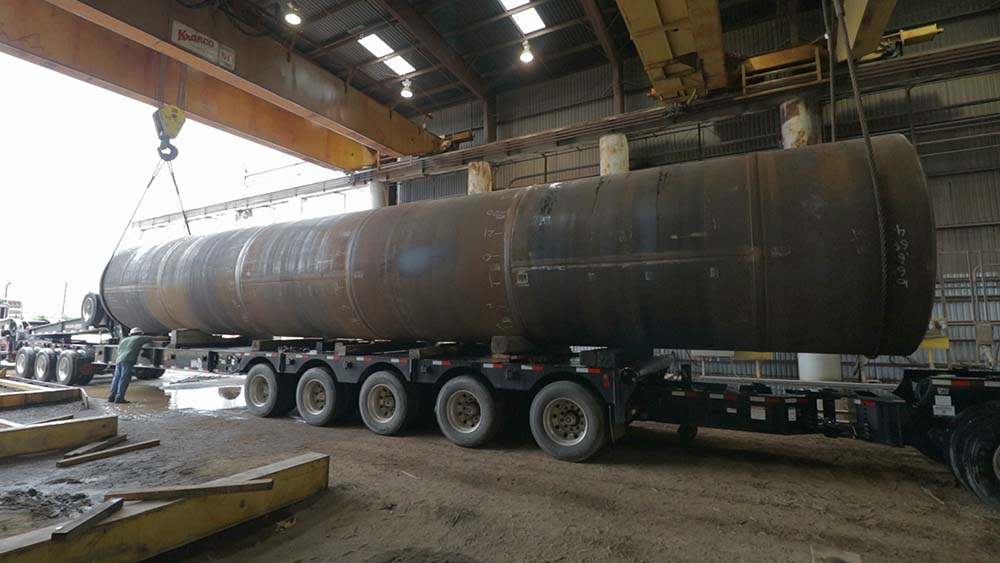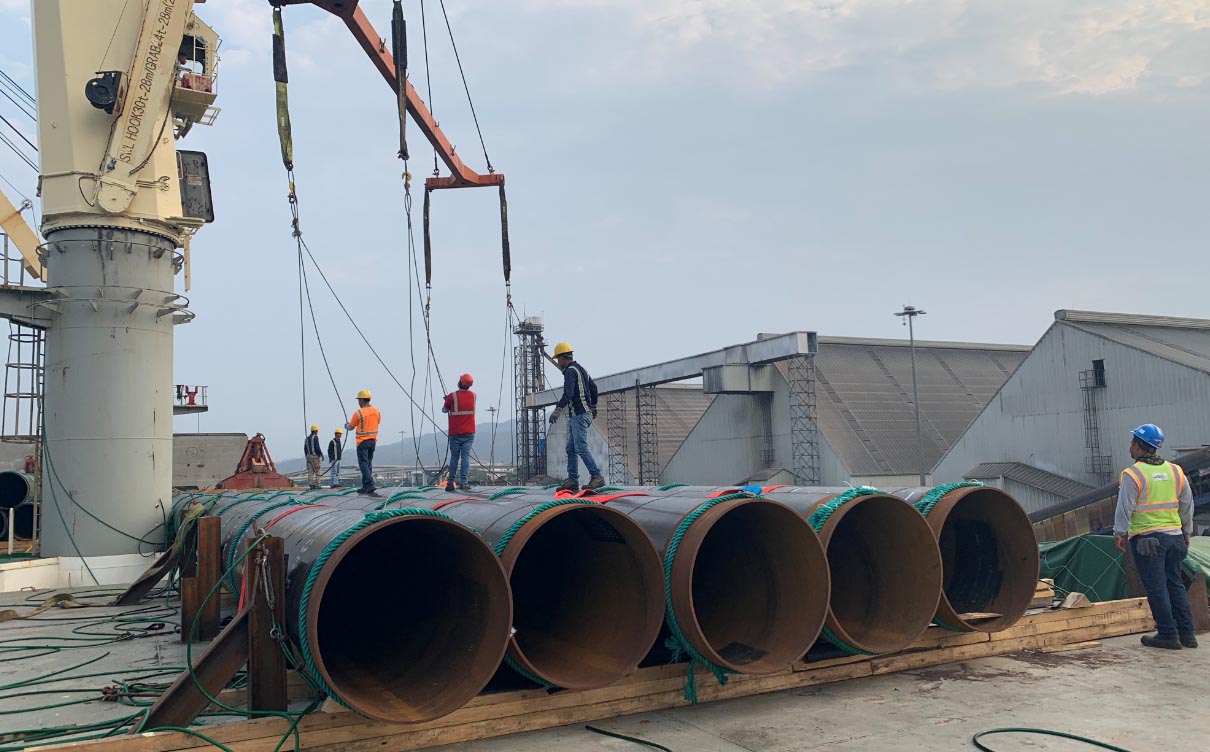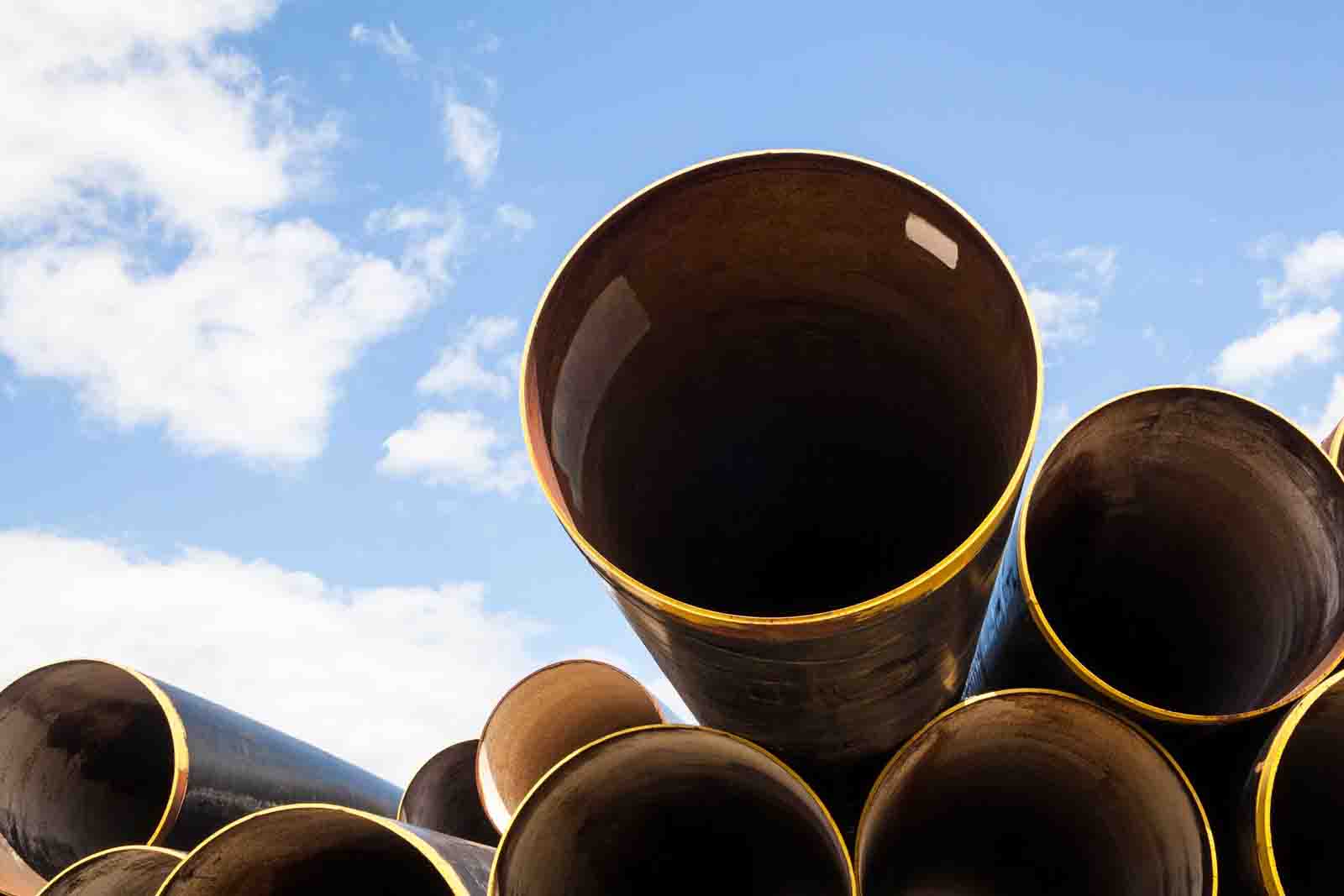The Advantages and Applications of EN10219 Welded Steel Pipe Piles
In the construction industry, the use of steel pipe piles has become increasingly popular due to their strength, durability, and versatility. One type of steel pipe pile that stands out is the EN10219 welded steel pipe pile. This article will explore the advantages and applications of EN10219 welded steel pipe piles, highlighting their unique features and benefits.
What is EN10219 Welded Steel Pipe Piles?
EN10219 refers to the European standard for cold-formed welded structural hollow sections of non-alloy and fine grain steels. welded steel pipe piles are manufactured using the welding process, where a continuous weld is formed by rolling and welding a steel strip into a cylindrical shape. These pipe piles are commonly used in foundation construction, providing structural support for various types of structures.
Advantages of EN10219 Welded Steel Pipe Piles
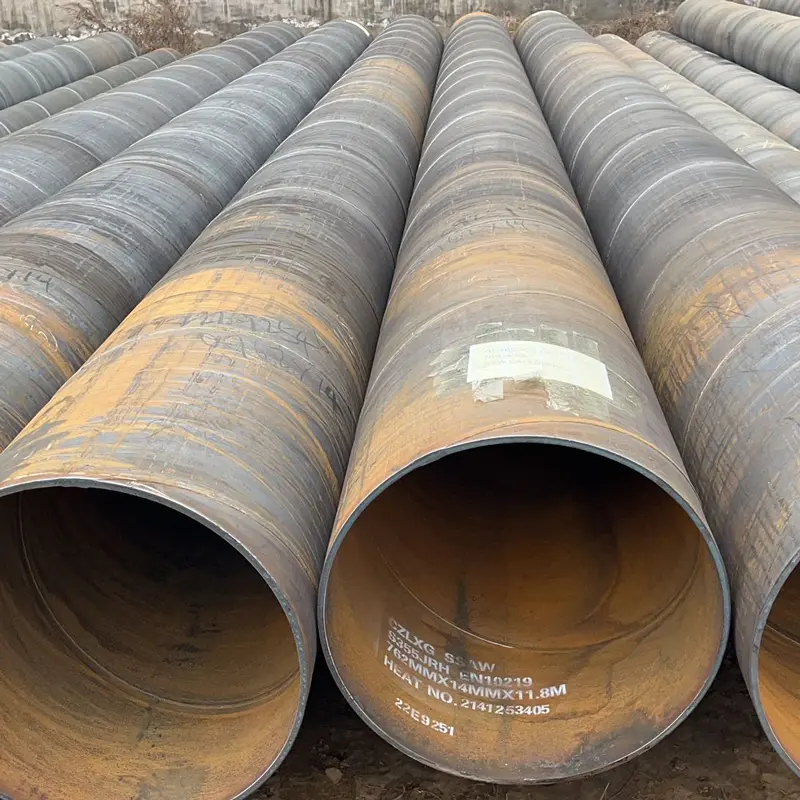
1. Strength and Durability
EN10219 welded steel pipe piles are known for their exceptional strength and durability. The welding process creates a continuous weld that enhances the structural integrity of the pipe piles. This makes them capable of withstanding heavy loads, making them ideal for foundation applications. Additionally, the use of high-quality steel ensures that the pipe piles can withstand harsh environmental conditions, including corrosion and extreme temperatures.
2. Cost-Effectiveness
Compared to other types of foundation materials, EN10219 welded steel pipe piles offer a cost-effective solution. The manufacturing process allows for efficient production, resulting in lower production costs. Additionally, the strength and durability of these pipe piles reduce the need for frequent maintenance and replacements, further reducing long-term costs.
3. Versatility
EN10219 welded steel pipe piles are highly versatile and can be used in various construction applications. They are suitable for both onshore and offshore projects, making them a preferred choice for marine structures, bridges, buildings, and other infrastructure projects. The ability to customize the length and diameter of the pipe piles allows for flexibility in design and construction.
4. Easy Installation
Installing EN10219 welded steel pipe piles is relatively straightforward. The pipe piles can be driven into the ground using pile driving equipment, ensuring a secure and stable foundation. The ease of installation saves time and labor costs, making them an efficient choice for construction projects.
5. Environmental Sustainability
EN10219 welded steel pipe piles are environmentally sustainable. The use of steel, which is a recyclable material, reduces the demand for new resources. Additionally, the long lifespan of these pipe piles minimizes the need for replacements, reducing waste generation. This makes them an eco-friendly choice for sustainable construction practices.
Applications of EN10219 Welded Steel Pipe Piles
EN10219 welded steel pipe piles find applications in various construction projects, including:
- Foundation Construction: These pipe piles are commonly used as deep foundation elements to support structures such as buildings, bridges, and offshore platforms. They provide stability and load-bearing capacity, ensuring the integrity and safety of the structures.
- Marine Structures: EN10219 welded steel pipe piles are suitable for marine applications, including the construction of docks, piers, jetties, and seawalls. Their strength and durability make them capable of withstanding the harsh marine environment.
- Retaining Walls: The versatility of EN10219 welded steel pipe piles makes them suitable for constructing retaining walls. These walls provide support and prevent soil erosion in areas with varying ground conditions.
- Infrastructure Projects: EN10219 welded steel pipe piles are used in various infrastructure projects, including the construction of highways, railways, and underground structures. They provide a stable foundation and support the structural integrity of these projects.
- Oil and Gas Industry: These pipe piles are also utilized in the oil and gas industry for offshore drilling platforms, subsea pipelines, and other related structures. Their strength and resistance to corrosion make them suitable for these demanding applications.
The Process and Specifications of EN10219 Welded Steel Pipe Piles
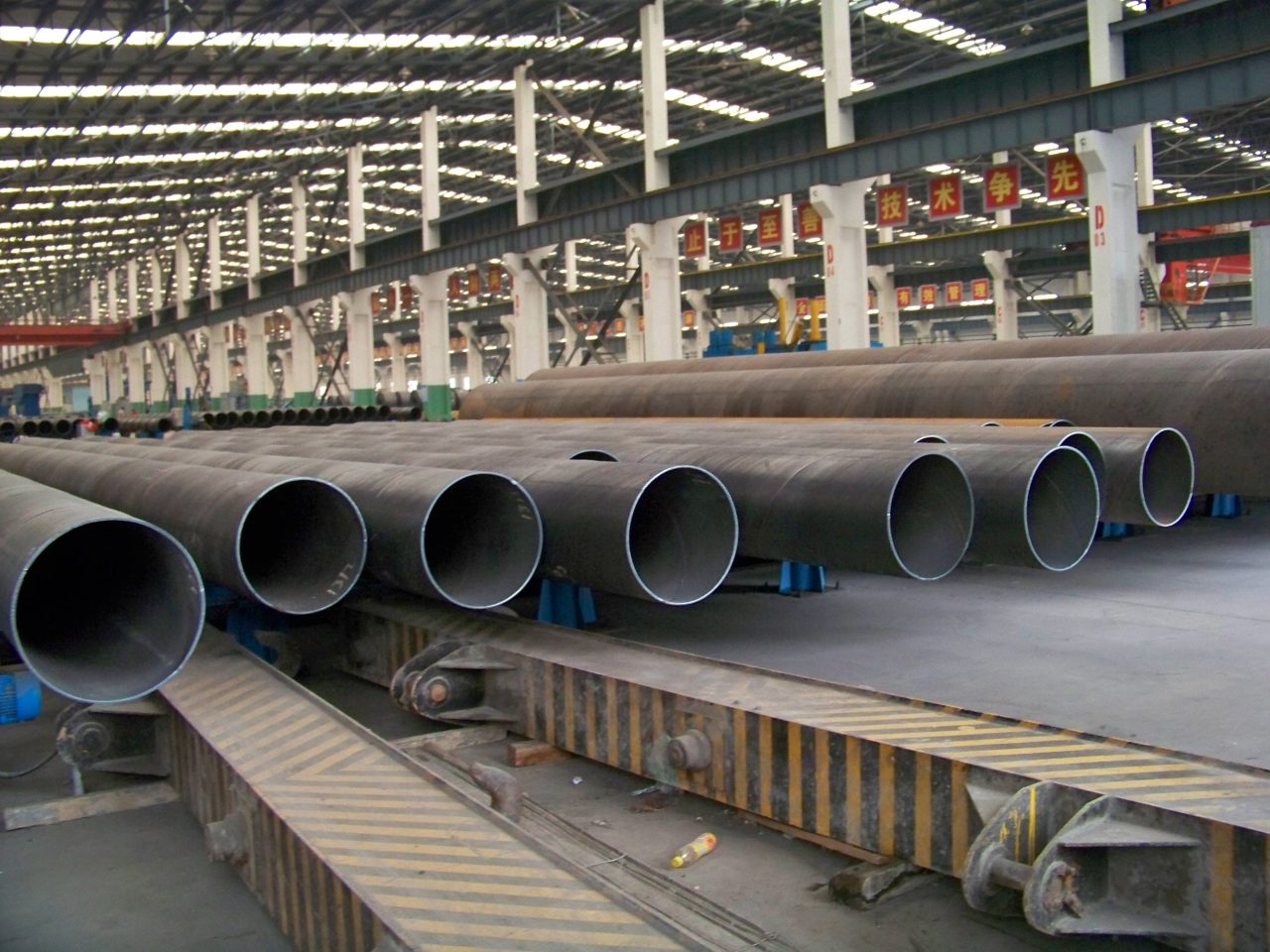
EN10219 welded steel pipe piles are manufactured using various processes and adhere to specific standards and specifications. This article will delve into the different processes involved in producing these pipe piles and provide an overview of the specifications and certifications associated with them.
Manufacturing Processes
LSAW (Longitudinal Submerged Arc Welding)
LSAW is one of the primary processes used in the production of EN10219 welded steel pipe piles. It involves the use of a longitudinal seam welding technique. The three common types of LSAW processes used for manufacturing these pipe piles are:
- UO (UOE) – UO stands for “U” bending and “O” forming. In this process, the steel strip is first bent into a U shape and then formed into an O shape, creating a cylindrical pipe.
- RB (RBE) – RB stands for “R” bending and “B” expanding. This process involves bending the steel strip into an R shape and then expanding it to form a cylindrical pipe.
- JCO (JCOE) – JCO stands for “J” bending, “C” forming, and “O” expanding. This process involves multiple steps, including bending the steel strip into a J shape, forming it into a C shape, and finally expanding it to create a cylindrical pipe.
DSAW (Double Submerged Arc Welding)DSAW is another process used in the production of EN10219 welded steel pipe piles. It involves the use of two submerged arc welding heads to create a double-sided weld. This process ensures a high-quality and strong weld, making it suitable for demanding applications.
Specifications and Certifications
EN10219 welded steel pipe piles adhere to various standards and specifications to ensure their quality and performance. Some of the commonly followed standards include:
- API 5L: This standard is widely recognized in the oil and gas industry and specifies the requirements for line pipe, including EN10219 welded steel pipe piles. It includes different grades such as GR B, X42, X46, X56, X60, X65, and X70.
- API 5CT: This standard focuses on the requirements for casing and tubing used in the petroleum industry. It certifies the quality and suitability of EN10219 welded steel pipe piles for specific applications.
- ASTM A53: This standard covers seamless and welded black and hot-dipped galvanized steel pipe used for mechanical and pressure applications. It includes different grades such as GR A, GR B, and GR C.
- EN: EN standards are widely used in Europe and cover various aspects of steel pipe manufacturing. EN10219 specifically addresses cold-formed welded structural hollow sections of non-alloy and fine grain steels. It includes steel grades such as S275, S275JR, S355JRH, and S355J2H.
- GB/T: These standards are specific to China and cover various aspects of steel pipe manufacturing. GB/T3091 and GB/T9711 are commonly referenced for EN10219 welded steel pipe piles. They include steel grades such as Q195, Q215, Q235, Q345, L175, L210, L245, L320, and L360-L555.
In terms of specifications, EN10219 welded steel pipe piles have a specified range of outer diameter, wall thickness, and length. The outer diameter typically ranges from 355.6mm to 1626mm, while the wall thickness ranges from 8mm to 50mm. The length can be customized, but it generally does not exceed 12m.
Surface Coatings
EN10219 welded steel pipe piles can be coated with various materials to enhance their corrosion resistance and improve their performance. Some common surface coatings include:
- Fusion Bond Epoxy Coating: This coating provides excellent corrosion resistance and is commonly used in environments where the pipe piles are exposed to moisture and chemicals.
- Coal Tar Epoxy: This coating is known for its exceptional resistance to water, chemicals, and abrasion. It is often used in marine and industrial applications.
- 3PE (Three-Layer Polyethylene): This coating consists of three layers, including an epoxy primer, an adhesive layer, and a polyethylene topcoat. It offers superior corrosion protection and is widely used in demanding environments.
- Vanish Coating: This coating provides a smooth and aesthetically pleasing finish to the pipe piles. It also offers some level of corrosion resistance.
- Bitumen Coating: This coating is commonly used for underground applications as it provides excellent resistance to water and soil corrosion.
- Black Oil Coating: This coating is a simple and cost-effective option that provides some level of corrosion resistance. It is commonly used for non-demanding applications.
The choice of surface coating depends on the specific application and the level of corrosion protection required.
Conclusion
EN10219 welded steel pipe piles are manufactured using LSAW# The Process and Specifications of EN10219 Welded Steel Pipe Piles
EN10219 welded steel pipe piles are a crucial component in various industries, including oil and gas, construction, and infrastructure development. These pipe piles are manufactured using different processes and adhere to specific standards and certifications to ensure their quality and performance. In this article, we will explore the manufacturing processes involved in producing EN10219 welded steel pipe piles, discuss the specifications and certifications associated with them, and delve into the various surface coatings used to enhance their durability and corrosion resistance.

